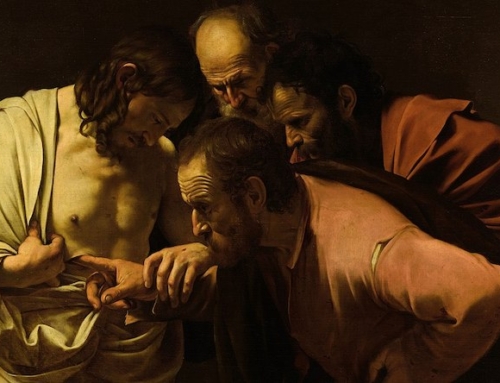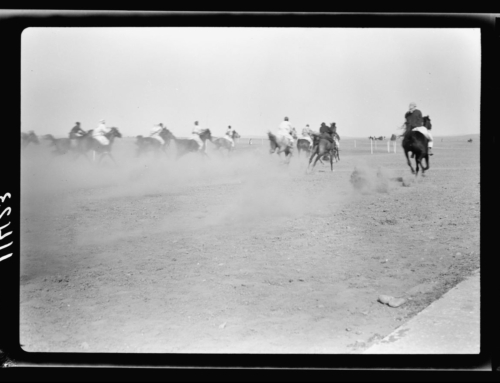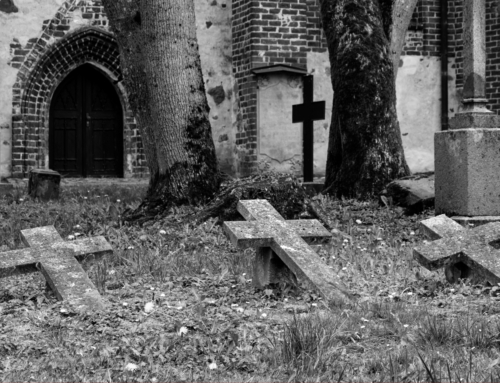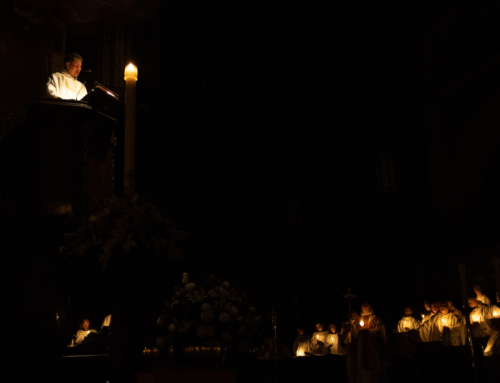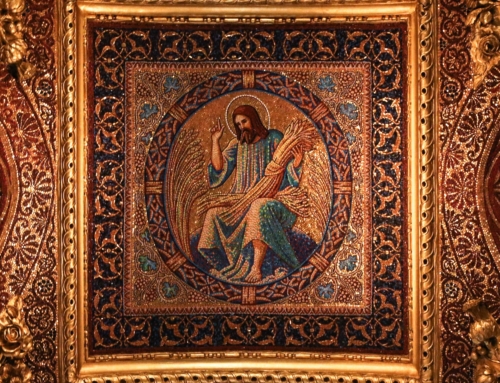The first week of Lent is over. Hopefully, we already see how this season can be an occasion of fruitful introspection. We acknowledge the greatness of God’s love but also how poorly we return the favor. What are we supposed to do with this somber self-knowledge of our sin? Judas shows us one way to deal with our sin; Peter shows us another.
Judas betrayed Jesus. He really messed up. After realizing the gravity of what he had done, where did he turn? He looked in upon himself, and it ended fatally. His gaze of introspection couldn’t resolve the fault he committed. He tried to return to the source of his transgression—the chief priests and elders who gave him the money to betray Jesus. They were not the source of reconciliation he was looking for. No matter where he turned, he couldn’t escape the fact of what he had done: “I have sinned in betraying innocent blood” (Matt 27:4). Seeing no possible way to escape this regrettable choice, he instead chose a way to end it: “he departed and went off and hanged himself” (Matt 27:5).
Like us, Judas recognized the sin he committed, but we should not follow the example of his reaction to this sin. Instead, we look to the example of Peter. When his allegiance to Christ was questioned, he denied the Lord—arguably just as bad a sin as Judas’s. Denying Christ once is enough to spark remorse, but Peter did it three times! Peter really messed up, but he did something significantly different than Judas: he saw Christ’s face. As Peter denied Christ for the third time, “the cock crowed, and the Lord turned and looked at Peter” (Luke 22:61). Peter’s remorse led to compunction, and this compunction followed from looking upon the Lord rather than his own sins. “He went out and began to weep bitterly” (Luke 22:62).
It’s true that Peter saw Christ, but the Gospel explains that Christ looked at Peter first. Jesus took the initiative, and this led to Peter’s repentance. The face of Christ in his Passion helped Peter to see his sin for what it was: an offense against the God who loved him. As Christ set his face toward his trial, his countenance was one of suffering, but it was filled with mercy. It exposed the truth of Peter’s sin by showing him that he turned away from Truth itself. At the same time, Christ’s gaze purified Peter with merciful love. Although Peter missed the mark, Christ pursued him.
Both Judas and Peter realized their sin, and they turned away in repulsion, but in different directions: Judas upon himself and Peter to Christ. This directional difference distinguished Judas’s despair from Peter’s repentance. Judas returned to the source of his sin; Peter returned to the source of mercy.
The way these men faced Christ teaches us about Lent. They show us what to do with the knowledge of our sins. We shouldn’t wallow in this knowledge after the example of Judas. Instead, we should follow the example of Peter and look to Christ. He will lift us up from the mess of our sins and embrace us with the hands that bore them and wiped them away. Christ began this work of redemption in Peter as soon as Peter saw Christ’s face. This restoration continued after the Passion in an invitation to an intimate relationship. It was only to Peter, and not Judas, that the risen Christ said, “Follow me” (John 21:19). Christ directs our eyes to himself in the same way during this Lenten season, saying, “Do you love me? Follow me” (John 21:17, 19).
✠
Image: Guercino, St. Peter Weeping before the Virgin


